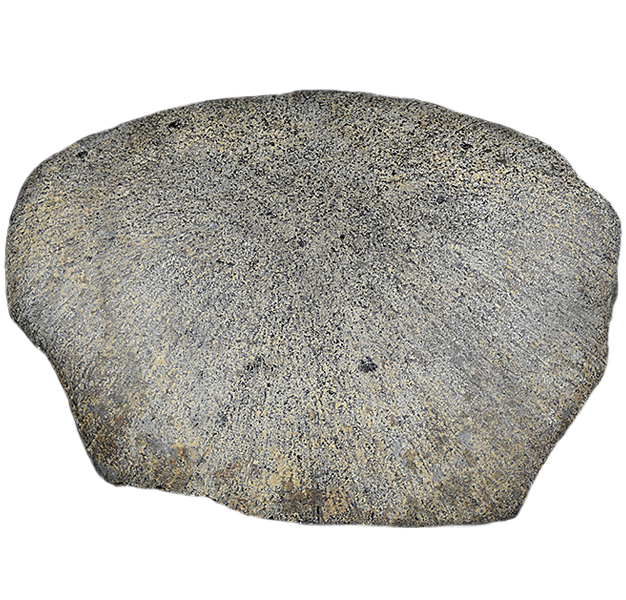
Fact sheet
The Ashdon meteorite fell on 9th March 1923. It is an ordinary chondrite weighing 1.3 kg and shows remarkable flow lines on its exterior where melting occurred during its passage through the Earth's atmosphere. Ashdon is near Saffron Walden, Essex, England.
The Ashdon meteorite is classified as an L6 meaning it has a low iron content (5-10%) and indistinct chondrules that have been metamorphosed under conditions capable of homogenising all mineral compositions. Look in PPL to see a few chondrules (rounded features - rotation 1) consisting of olivine and pyroxene crystals. The thin section is unpolished, so there is no reflected light view. However, in PPL the rusty marks around the opaque (black) crystals highlight the location of the metallic iron in this sample.
See also:
http://www.lpi.usra.edu/meteor/metbull.php?code=2346
http://www.bimsociety.org/index.php
Specimen: BM1923,484
Thin section: BM1923,484
This Collection consists of meteorites that have fallen in Great Britain and Ireland and which are now preserved in museum collections. We have also included samples of the two known meteorite impact deposits in the UK.
The Natural History Museum in London offers more information about meteorites and meteorite categories; there is more information about its meteorite collections here.






